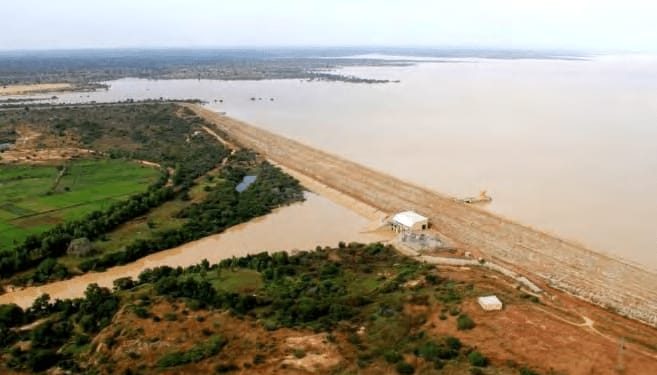Burkina Faso’s power utility, SONABEL, will begin a controlled spillage of the Bagre Dam on Wednesday, August 27, 2025, after water in the reservoir climbed to 233.98 metres (86.38% full) as of Friday, August 22.
Ghana’s Water Resources Commission (WRC) relayed the notice to local authorities and first responders, warning residents along the White Volta and adjoining floodplains to “take necessary precautions” and follow safety guidance from district assemblies and emergency agencies.
For communities downstream in Ghana’s Upper East, North East, Northern and Savannah regions, the announcement is both routine and unnerving.
The Bagre Dam—commissioned in 1992 on the White Volta in Burkina Faso—supports irrigation and power, but its periodic spillages, often coinciding with peak rains in August–September, have repeatedly unleashed destructive floods in northern Ghana.
Where the water will go—and who is in the path
As gates open at Bagre, surging flows enter the White Volta system and fan out through low-lying settlements and farmlands in Ghana.
While the scale of impacts depends on rainfall patterns and how gradually the spillage is managed, past years have shown a consistent pattern: riverine and flash flooding in Bawku West, Binduri, Talensi, Kassena-Nankana, Mamprugu-Moagduri, West Mamprusi, and parts of the Northern Region, with damage to roads, bridges, schools and clinics, and extensive crop losses—especially rice and maize cultivated on floodplains.
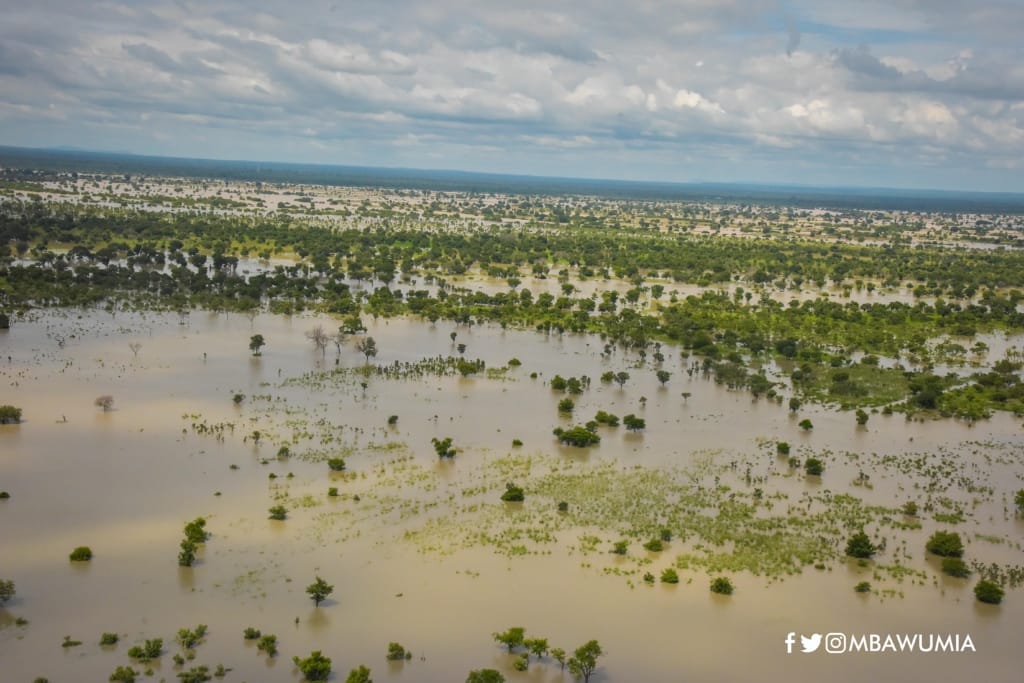
District and regional offices of the National Disaster Management Organisation (NADMO) typically pre-position teams and relief, coordinate safe routes, and warn residents to relocate livestock and store valuables on higher shelves.
The International Federation of Red Cross and Red Crescent Societies (IFRC) noted that Bagre spill gates are generally opened as the reservoir approaches 235m, with alerts cascading to local partners to accelerate evacuations.
A decade and a half of damaging spillages
While northern Ghana has experienced flooding not linked to Bagre in several years, the dam’s spillages have featured prominently in many of the worst events.
A non-exhaustive accounting of destructive episodes shows the scale and recurrence—and why officials again urge early movement to higher ground this week.
Lives lost-81
At least 81 confirmed deaths across major spillage years, comprising 25 in 2009, 17 in 2010, 10 in 2014, 19 in 2020, and over 30 in 2018.
Lives displaced/affected- 120,000
Over 120,000 people were displaced or directly affected, including over 100,000 in 2018 alone, plus thousands in 2009, 2010, 2015, 2020, 2022, and 2024.
Farms & hectares destroyed-76,000 hectares
Also, more than 76,000 hectares of farmland have been wiped out, notably 75,000 farms destroyed in 2018, plus hundreds to thousands of hectares in 2009, 2015, 2020, and 2022.
Livestock lost
Tens of thousands of animals drowned or were swept away in multiple seasons, notably in 2018 and 2020.
Infrastructure damaged
At least 2 major bridges collapsed in 2018, and numerous feeder roads were cut off across northern Ghana in 2009, 2010, 2020, and 2022.
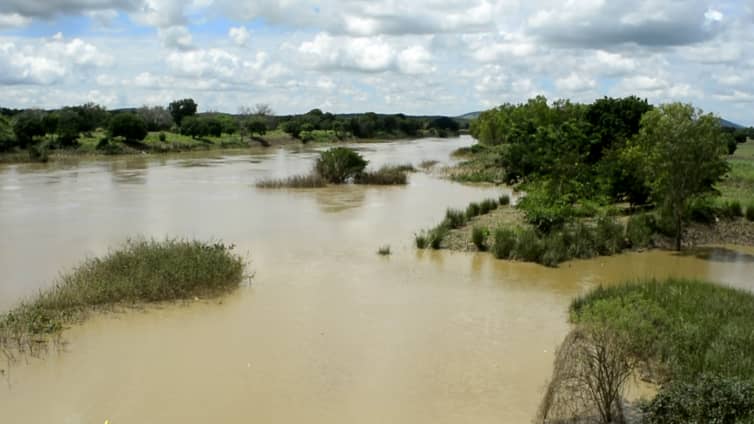
Dozens of schools and clinics were forced to close in 2018 and 2022 as buildings were submerged or used as temporary shelters.
Dozens of wells and boreholes were contaminated during the 2018 and 2020 floods, leading to outbreaks of waterborne disease.
The Cumulative losses are estimated in hundreds of millions of Ghana cedis when accounting for destroyed harvests, livestock, infrastructure, and emergency relief costs.
2007—The benchmark deluge
Heavy late-season rains and high river levels devastated parts of northern Ghana in September 2007, killing at least six people and displacing around 10,000, according to contemporaneous humanitarian reporting.
Although not all impacts were tied directly to Bagre’s gates, these floods are remembered as the modern baseline for the region’s vulnerability and the need for better binational river management.
2010—Spillover fatalities and nationwide damage
Intense Sahel rains and dam releases upstream produced widespread flooding across West Africa.
In northern Ghana alone, 17 deaths were reported during a two-week stretch after dams in Burkina Faso released water into Volta tributaries, with thousands left homeless and major agricultural losses recorded.
2014—A deadly spillage year
After gates opened at Bagre, Ghana’s state daily reported 10 fatalities in flooded communities of the Northern Region, underscoring how quickly river levels can turn lethal in settlements that rely on canoe crossings and unengineered footbridges.
2015–2017—Persistent toll on farms and lives
Academic and policy analyses of the White Volta basin recount repeated losses through the mid-2010s: hundreds of hectares flooded in Bawku West in 2015, with more than 1,000 farmers affected; additional fatalities were recorded in 2017.
These years cemented a pattern in which smaller but frequent floods erode livelihoods even when they do not dominate headlines.
2018—One of the worst on record
The dam began spilling on August 31, 2018, and continued into mid-September.
Relief agencies and local media chronicled a humanitarian emergency: reports varied widely on deaths—from 8 to the 30s, reflecting different counting periods and locales—but all sources agree the displacement and agricultural damage were massive.
Tens of thousands of farms destroyed, hundreds of communities inundated, and bridges damaged.
Independent studies cite “about 100,000” people displaced across northern Ghana.
Together, the record places 2018 among the most disruptive Bagre-linked floods of recent decades.
2020—Spillage plus torrential rains
In early September 2020, floodwaters cut off communities along the White Volta; at least five deaths were confirmed in the Upper East Region during the event window captured by NADMO data, while other incident reports recorded additional fatalities in the North East Region as farmers attempted to salvage crops.
Rapid updates from regional peace and disaster networks flagged inaccessibility of multiple districts and widespread crop losses.
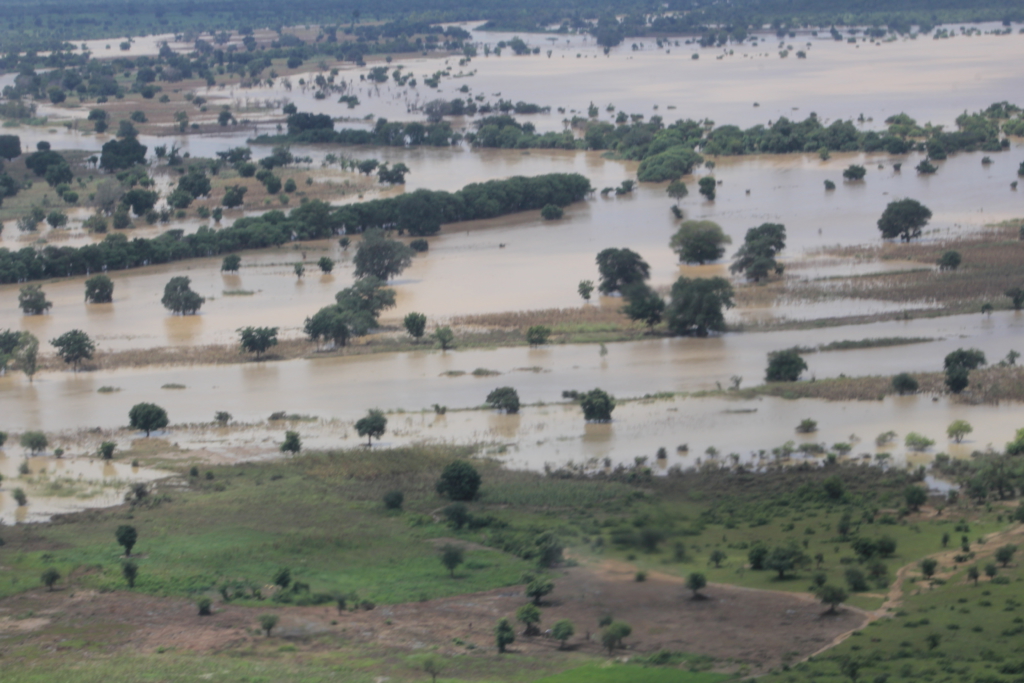
2022—Another damaging season
Country appeals and assessments from humanitarian actors again flagged the annual opening of Bagre’s gates near 235m, warning of knock-on impacts downstream in Ghana as floodwaters propagated through the White Volta.
Local reportage and agricultural surveys from the period point to extensive farm submergence and disrupted schooling and health services, even where comprehensive casualty tallies were limited.
2024—A reminder that the problem persists
NADMO alerts ahead of the 2024 rains emphasised the increasingly predictable annual cycle of pre-spillage preparation and farm losses as floodwaters reached known choke points like Kubore.
This record is not exhaustive—the White Volta floods every year to varying degrees, sometimes without formal spillage from Bagre, sometimes with—but it is instructive.
The hazard is seasonal, recurrent, and intensifying, and the communities most at risk are those with the least resilient housing, the fewest road options, and farms sited on riverine plains that become temporary lakes in high-flow months.
What to expect—and what households can do now
Disaster managers typically focus on three early moves.
First, pre-emptive relocation for the most exposed hamlets—especially those where homes are built with mudbrick on alluvial soils.
Second, asset protection: moving livestock to known upland corrals; clearing drainage channels; elevating food stocks, documents and medical supplies above a one-metre mark; and anchoring water tanks.
Third, route planning: identifying alternate road links and footpaths before bridges are overtopped.
By the time water crosses a road, it is already too late to judge depth or speed safely on foot or in small vehicles.
Aid groups have refined these protocols over time.
The IFRC’s Ghana flood operations consistently pair evacuation messaging with cash or in-kind support to those who leave early; such help is more cost-effective than “last-mile rescues” once currents strengthen.
The Water Resources Commission’s advisory mirrors that playbook: heed local assembly instructions and move sooner, not later.
Destroyed hectares, broken seasons
The full cost of a Bagre spillage season is notoriously hard to pin down.
Crop losses depend on planting calendars, river timing, and whether floodwaters linger long enough to rot harvest-ready rice.
But studies and field reports tell a consistent story: in major years, tens of thousands of farm plots are lost, together with feeder roads, culverts and small bridges that connect rural markets.
A Brown University policy paper synthesised multiple sources for 2018, citing over 75,000 farms destroyed, damage to two bridges, contamination of dozens of wells, and hundreds of communities affected across northern Ghana.
Reports have documented years in which fatalities reach double digits, with thousands displaced.
Beyond obvious losses, the secondary effects are punishing. Debts taken for seed and fertiliser become unserviceable after a wiped-out harvest; children fall behind as schools double as temporary shelters; and artisanal mining and sand winning often pick up in the dry season as fallback income—with long-term environmental consequences that, in turn, worsen future floods.
Voices from the floodplain
Years of response have produced a kind of flood literacy among residents.
Farmers in communities near the White Volta routinely speak of “reading the river”—watching driftwood speed and water colour to judge whether to shift animals; placing stones under bedposts to create a dry shelf; and pre-tying ropes near boats so a sudden night rise does not carry them away.
Local reporters recorded, for instance, how 700 farmers in Bawku West lost crops during recent floods as fields became lakes overnight; many of those same farmers now pile bricks a season in advance to lift living rooms by a few inches.
They know it will not stop a major inundation, but it buys precious time to move children and food.
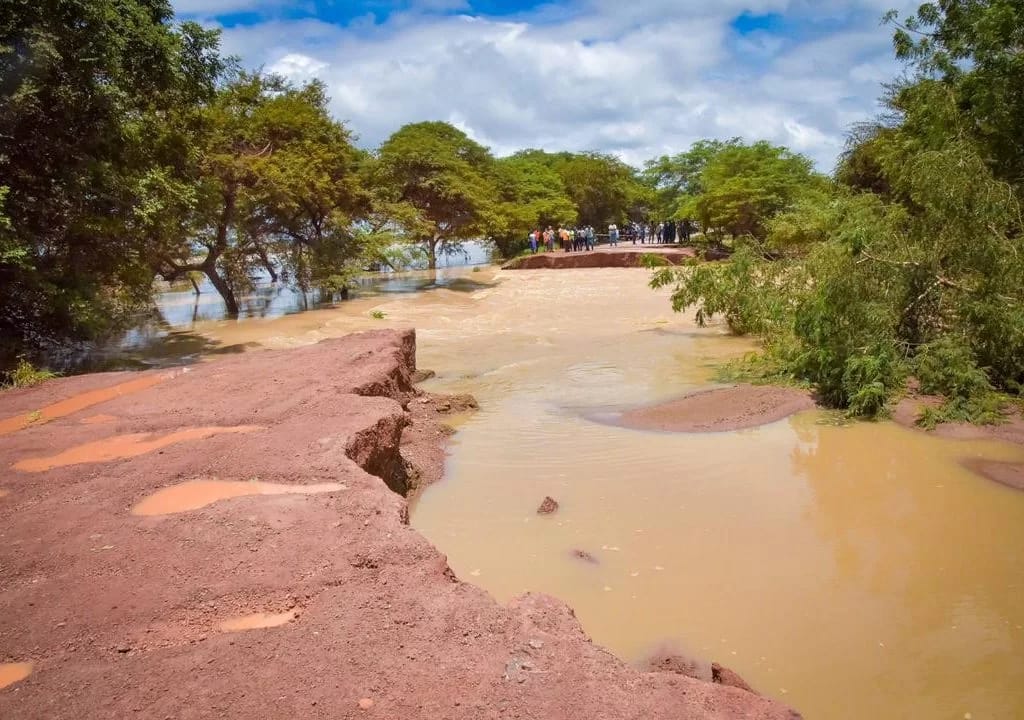
Why this keeps happening
The White Volta basin sits in the Sahel’s volatile climate zone. Intense late-season downpours can cluster in short periods, driving rapid inflows to Bagre and its sister reservoirs.
When the dam nears its safety threshold, engineers must spill—and water obeys gravity.
With broad, flat floodplains downstream in Ghana, the surge spreads widely before receding.
Researchers who have reviewed decades of flooding conclude that climate variability, land-use change and annual spillage practices are all part of the hazard chain—and that early warning and land-use planning need to move in lockstep.
Pwalugu multipurpose dam—still not delivered
For nearly twenty years, Ghana’s most cited structural answer has been the Pwalugu Multipurpose Dam on the White Volta.
In November 2019, the government cut sod for what was touted as the single largest investment in the northern sector: a $993 million hydro-solar hybrid composed of 60 MW hydropower, 50 MW solar, and an irrigation scheme of roughly 24,000–25,000 hectares, designed also to moderate floods from upstream spillages.
Parliament endorsed contracts with PowerChina as EPC contractor; the Volta River Authority (VRA) heralded benefits to energy, agriculture and flood control.
Progress, however, has stalled. In 2024, the Ghana Irrigation Development Authority (GIDA) confirmed a $11.9 million mobilisation payment to the contractor—sparking public debate because little physical work was visible on site.
Officials insisted the disbursement covered the irrigation component’s mobilisation and preparatory activities, not “final work”.
As of mid-2025, the dam construction is yet to commence, and there is no credible public timetable for when its flood-moderation function—arguably the most urgent benefit for at-risk households—will materialise.
Would Pwalugu stop Bagre floods?
Even proponents temper expectations: no single dam can erase flood risk in a large basin with extreme rainfall variability.
Project briefs emphasise “moderation” rather than elimination—capturing a portion of peak inflows to flatten flood crests and hold water for dry-season irrigation and power.
Critics warn that if designed and operated primarily for power and irrigation, Pwalugu may offer limited protection in extreme events and could, in some scenarios, reduce inflows to downstream hydropower reservoirs like Akosombo without meaningfully preventing catastrophic inundation along the White Volta.
Either way, the status quo—no Pwalugu and annual emergency response—remains the costliest path for communities living in the floodway.
Local assemblies and NADMO generally advise:
Move people with disabilities, the elderly, pregnant women and children first.
Pen animals on upland sites and stack feed off the ground.
Store clean water and treat wells after floodwaters recede to avoid waterborne disease.
Do not attempt to walk or drive through moving water; culverts and roads can be undercut.
These commonsense rules have reduced casualties in recent seasons, even when property losses remain high.
In previous spillage episodes—2014, 2018, 2020—fatalities frequently occurred when residents attempted to cross fast-moving channels or harvest flooded fields.
Beyond emergency: Policy moves that would count
While the Pwalugu project dominates structural discussions, three complementary policy tracks could deliver measurable near-term safety gains at relatively low cost:
Binational, time-stamped spillage protocols.
Ghana and Burkina Faso have frameworks for hydrological data sharing, but in practice, local managers often receive short-fuse alerts.
A fixed minimum lead-time between SONABEL’s decision to open gates and the first release would give NADMO and district assemblies a predictable window to execute evacuations and secure assets.
IFRC advisories already describe the 235m threshold; the next step is to formalise graduated release schedules and message them publicly.
Land-use zoning and resilient building on floodplains
Many at-risk communities occupy floodways because the soil is fertile and water is close.
Short of relocation, realistic building codes—such as mandating plinth heights above historical high-water marks, tying rafters, and using flood-compatible materials for ground-floor finishes—can sharply reduce losses.
Agricultural extension services can also shift seed and planting schedules so that rice heading avoids the spillage window in high-risk cells identified by district GIS teams.
Early-warning as a service, not a memo
Households act on trusted, local voices. Embedding flood wardens and volunteers who deliver door-to-door alerts, backed by simple river gauges and WhatsApp trees, has outperformed generic radio messages in pilot programmes across West Africa.
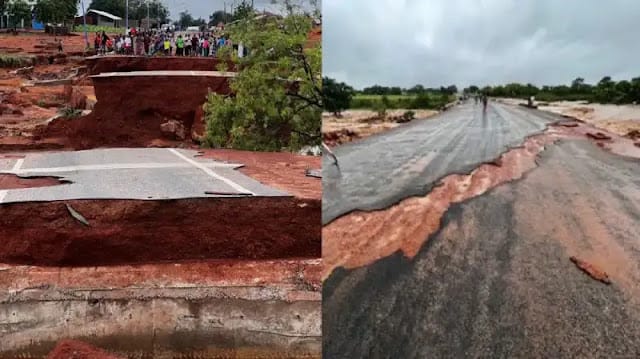
NADMO and the Red Cross have already trialled such approaches during 2018–2020 events; scaling them across the White Volta corridor would be money better spent than repeated post-disaster repairs.
The stakes of another August
Every spillage season writes the same first sentence—“gates are opening”—but the last paragraphs differ depending on how quickly people moved and how well agencies coordinated.
The human stories behind the statistics are strikingly similar: the teacher who uses her classroom as a shelter and then spends weeks catching students up; the rice farmer who watches a season’s work float past and takes a loan he/she is not sure can be repaid; the nurse who vaccinates children by torchlight after the clinic grounds turn to sludge.
This August, the science is clear, the routes to safety are known, and the date is fixed: Wednesday, August 27, 2025.
What happens next will turn on whether households and authorities act today, not tomorrow.

